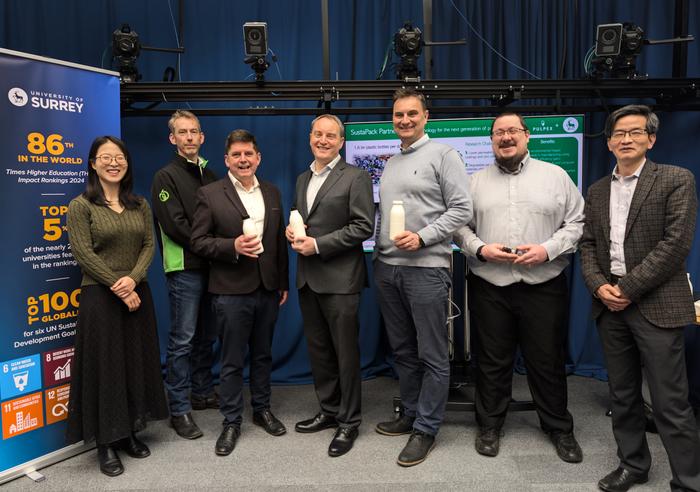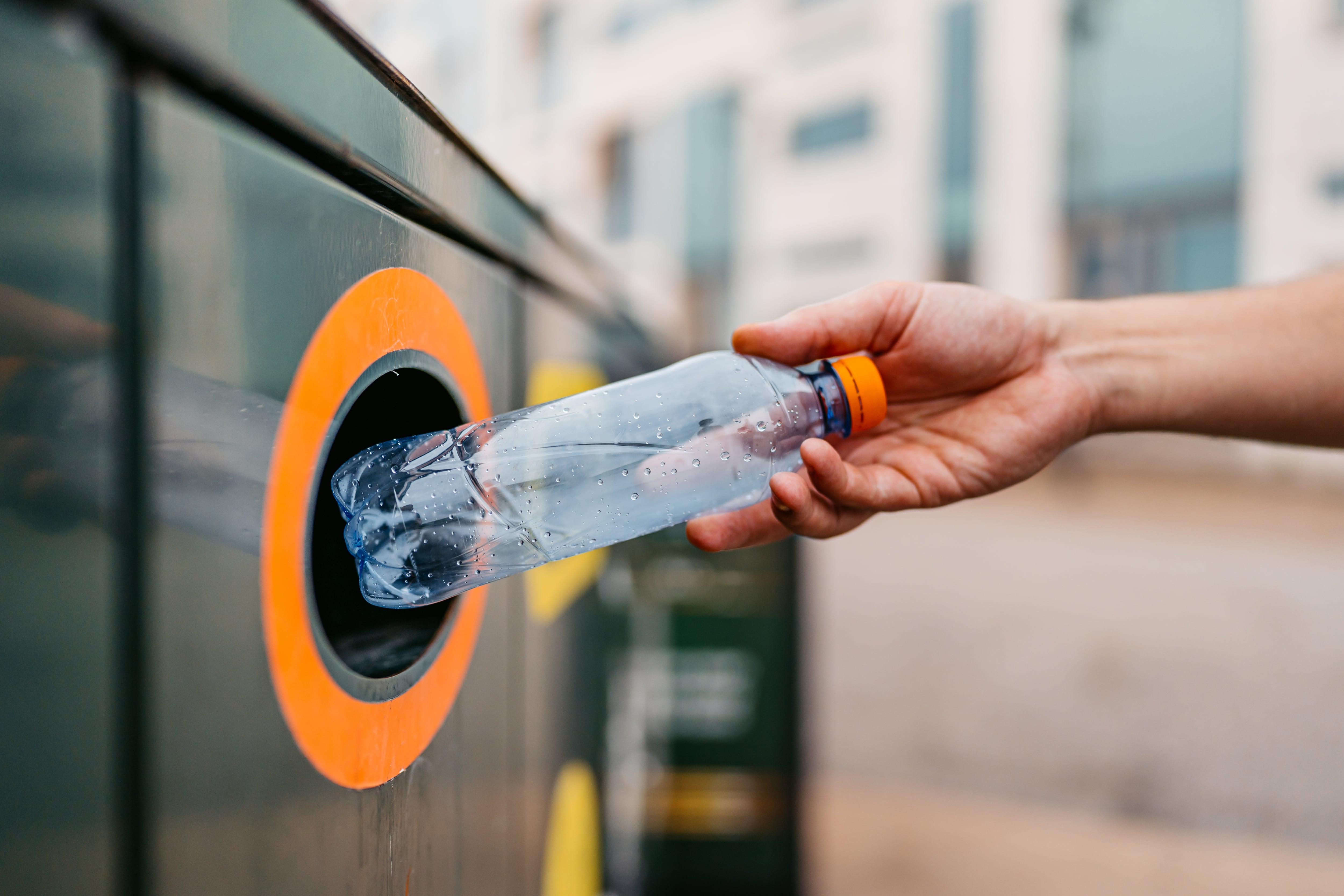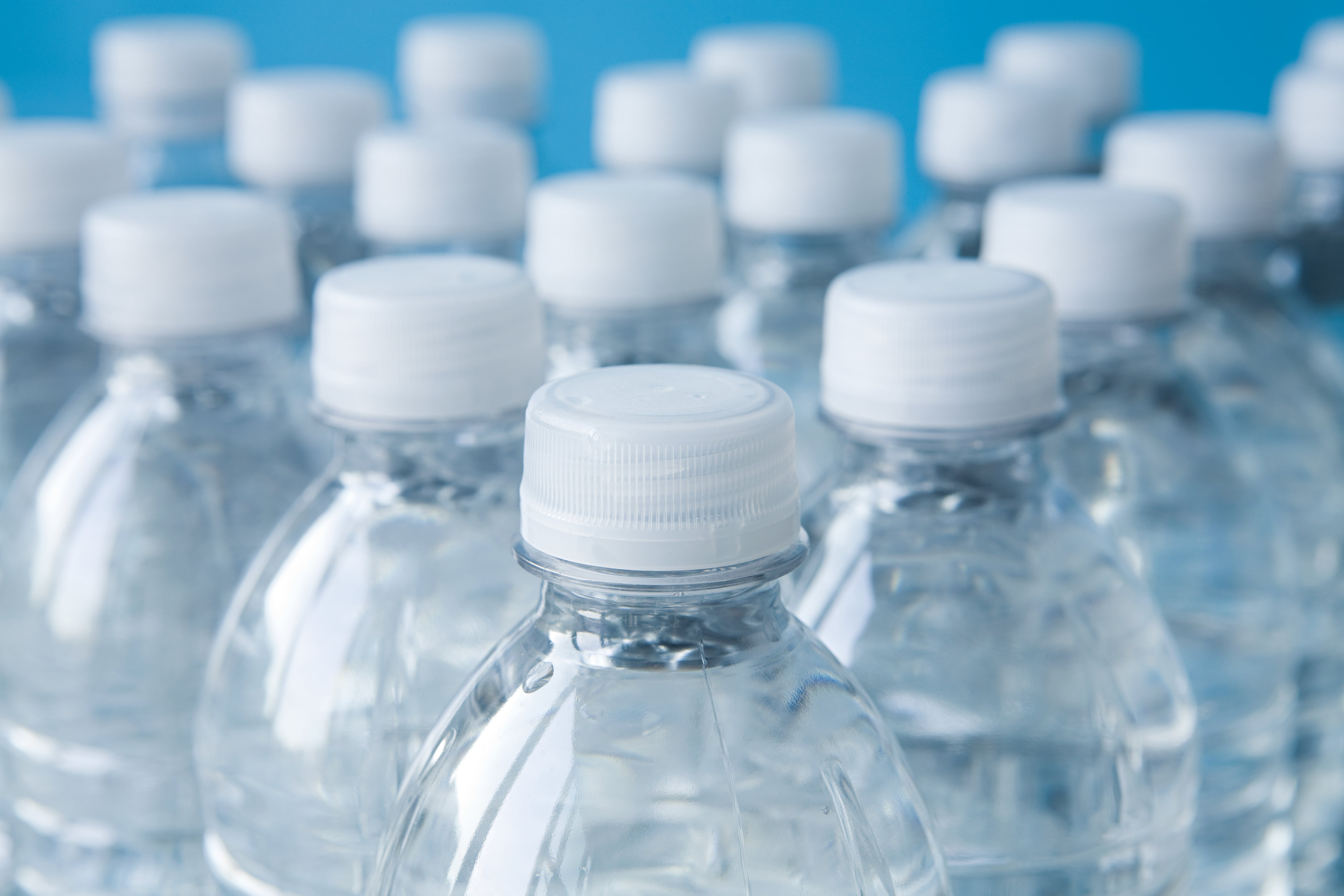Backed by a £1 million grant from the EPSRC as part of UKRI’s co-investing programme, SustaPack seeks ways to improve packaging firm Pulpex’s existing degradable bottles made from natural wood fibres.
A key feature of the packaging is its multi-layered barrier coating, which prevents contained liquid from leaking, as well as inward oxygen permeation. Researchers plan to develop processes that consume less energy and water while producing these bottles, while increasing the shelf life of packaged goods.
‘Sustainable choices’
Scott Winston, CEO at Pulpex, said: “Our SustaPack partnership will help us advance safe, sustainable packaging solutions, enabling brand owners to meet Net-Zero targets. It gives consumers sustainable choices, delivers answers for brand owners and enables supply chains and retailers to deliver their carbon footprint reduction goals – a priority for all.”
The team, in collaboration with the University of Surrey, will also explore the feasibility of using thermal imaging to detect defects in wet coatings as they occur, enabling immediate corrections using AI.
Multi-scale mechanistic models of the coating process will be employed to identify the sources of imperfections and non-uniformities and then eliminate them to ensure optimal packaging performance.
Computer vision
Through the use of computer vision techniques powered by AI, the project aims to identify production defects in real-time, optimise materials and processes and achieve 100% reliability in the manufactured products.
As professor Joseph Keddie – from the University of Surrey’s School of Mathematics and Physics, and fellow of the Institute for Sustainability – explained: “Our aim here is to combine novel coating processes, mechanistic modelling, computer vision and artificial intelligence (AI) to establish a ‘dry’ spray coating process that deposits food-safe, degradable coatings.
“This technology, which isn’t yet commercially available, will not only drive the next generation of packaging technology but will also contribute to a significant reduction in plastic pollution and lower carbon emissions from manufacturing.”
Meanwhile, Food Manufacture explores the ways in which producers can monitor their packaging usage and ways in which they can make it more sustainable in our exclusive feature.




